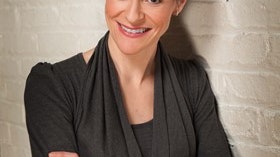Homepage
•
Learning Library
•
Blog
•
What if teachers were also researchers?
Expand breadcrumbs
Expand breadcrumbs
- Learning Library
- Blog
- What if teachers were also researchers?
- Homepage
- •
- Learning Library
- •
- Blog
- •
- What if teachers were also researchers?
What if teachers were also researchers?
By Team ISTE
June 28, 2016








